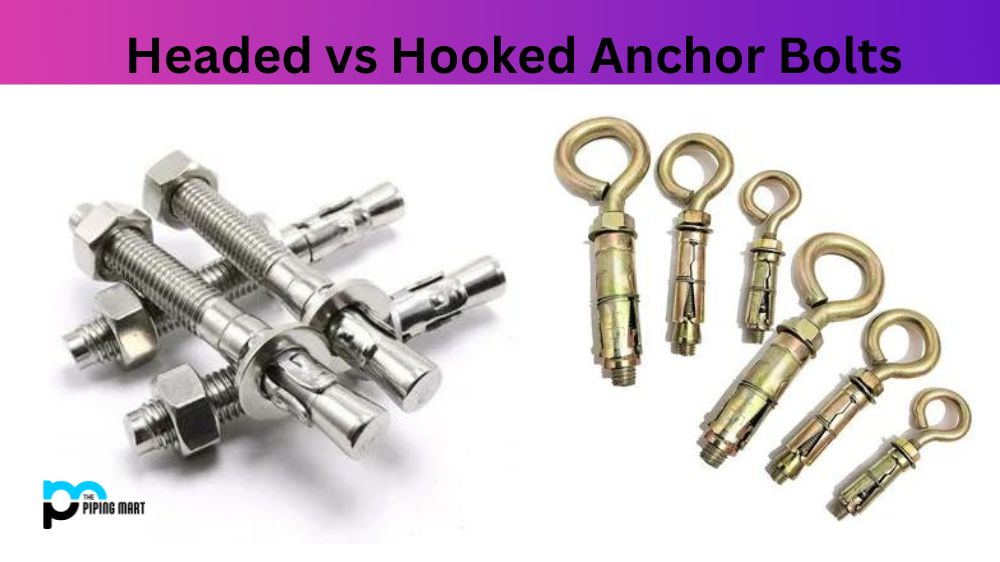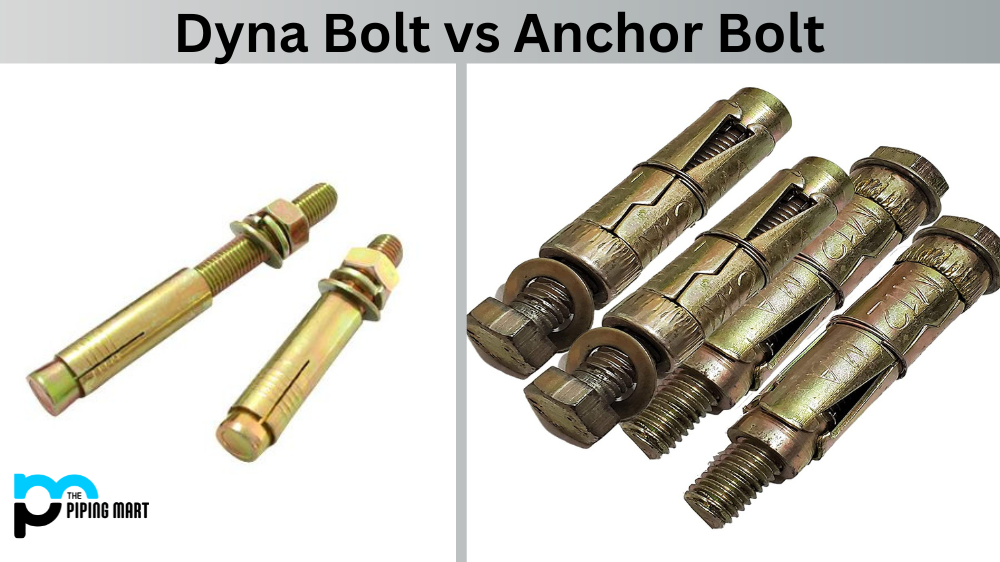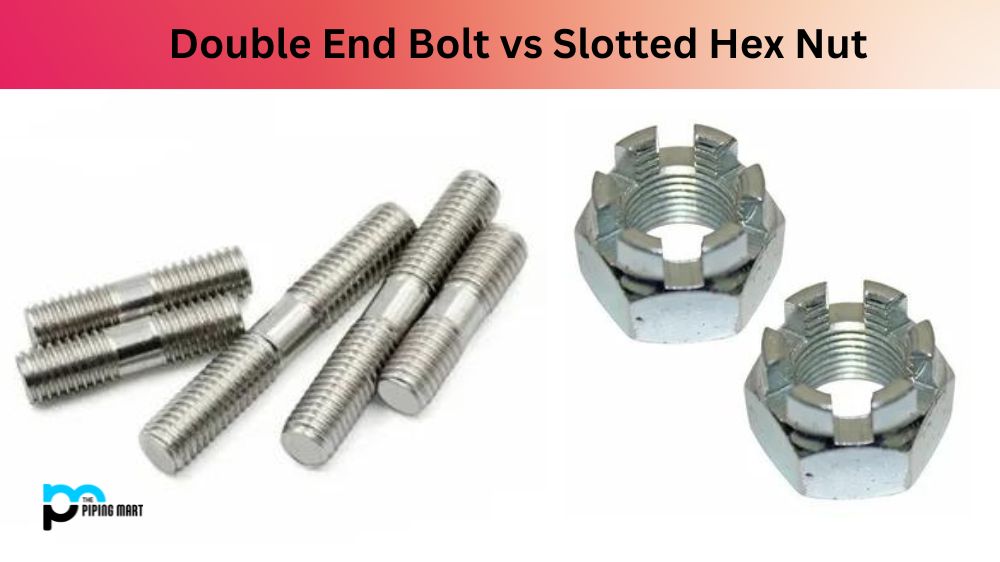Anchor bolts are an essential component of any construction project. They secure structures, such as walls and columns, to the concrete foundation, ensuring the stability and safety of the building. One of the main types of anchor bolts is headed and hooked anchor bolts. While both serve the same purpose, the two have significant differences. This blog post will examine the difference between headed and hooked anchor bolts, their usage, and which suits different construction projects.
What is Headed Anchor Bolts?
Headed anchor bolts are a construction fastener extensively used for securing structures to concrete foundations. They consist of an anchor bolt, either made from steel or stainless steel, with a domed end (the head) pressed against the side of the stone foundation. The remaining part of the bolt is embedded in concrete and resists shear and tension forces.
What is Hooked Anchor Bolts?
Hooked Anchor Bolts are an innovative mechanical fastening system that attaches objects and components to concrete, brick and other masonry surfaces. They consist of a curved hook that wraps around the edge of the attached material, providing superior holding strength compared to traditional bolts. The unique shape helps prevent pull-out when under tension or vibration.
Difference Between Headed and Hooked Anchor Bolts
Structural Reinforcement:
The primary difference between the head and hooked anchor bolts is their structural reinforcement. Headed anchor bolts are typically used to reinforce the structure’s base and provide support. They come with a square plate washer that reinforces the bolt’s connection to the concrete and provides stability. Hooked anchor bolts, on the other hand, offer a greater reinforcement since they have a bent design that secures them to the concrete and the structure.
Load Capacity:
Another significant difference between the two types of bolts is their load capacity. Headed anchor bolts are designed to withstand lower loads than hooked ones. Headed anchor bolts are typically used in non-critical systems or where the critical machines have a low weight. Hooked anchor bolts have a high moment capacity that helps transfer forces between the bolt and the concrete, which makes them ideal for high load-bearing structures.
Bolt Attachment:
The attachment method is another significant difference between headed and hooked anchor bolts. Headed anchor bolts attach themselves to the structure through a nut and washer, which puts them in place. On the other hand, hooked anchor bolts have a bent design that hooks into the concrete. This design helps to distribute the load across a wider area.
Cost-Effectiveness:
Depending on your project requirement, you must decide which anchor bolt is best for your construction. Headed anchor bolts are generally less expensive than hooked anchor bolts. They require fewer materials and are more economical for non-critical systems. Hooked anchor bolts are costlier because of their bent design, which makes them a better choice for heavy-duty construction, where high loading capacity is required.
Construction Application:
One of the key considerations when choosing between headed and hooked anchor bolts is their construction application. Headed anchor bolts are typically suitable for projects in low earthquake-risk zones. Hooked anchor bolts have proven effective in seismic regions as they offer more reinforcement than headed anchor bolts. Projects prone to high wind, earth tremors, and other natural disasters often require hooked anchor bolts and are often included in building codes.
Conclusion:
Headed and hooked anchor bolts are both essential elements in construction projects and choosing the right type of bolt depends on the requirements of your project. Headed anchor bolts are ideal for low-load-bearing structures or projects in low-risk earthquake zones, while hooked anchor bolts are a better choice for heavy-duty construction or projects in high-risk seismic zones. You can choose between headed and hooked anchor bolts by considering different factors such as load capacity, bolt attachment, cost-effectiveness, and construction application.
Meet Heer, a dynamic and driven writer learning tricks of her trade in the metal industry. With a background in Digital Marketing, Heer brings a unique perspective to her writing, sharing valuable insights. Apart from blogging she like reading and hiking.




